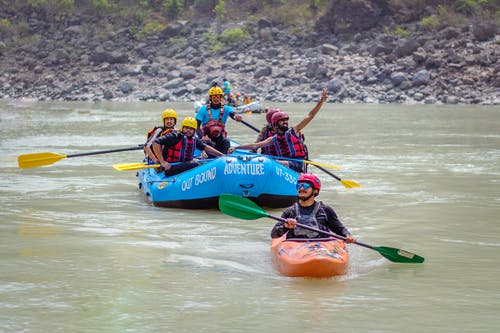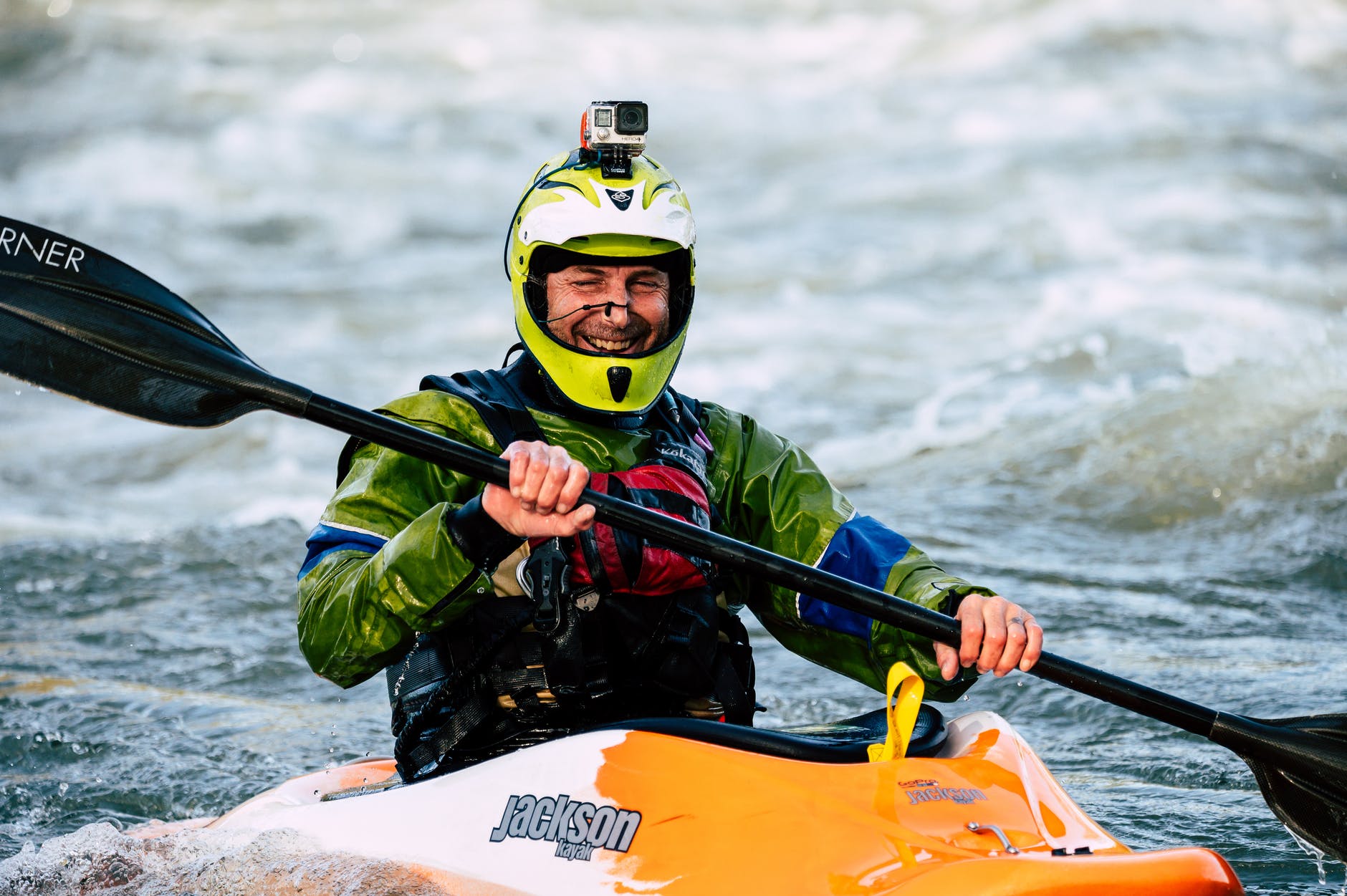Many beginners find it difficult to balance their kayaks, even when they use most of these boats.
Can you make a kayak more stable? The question is an important one because no one wants to submerge or capsize in a kayak.

Whether you use a sit-in or sit-on kayak, stability is important. There are different ways you can improve your stability in the water when you kayak.
Table of Contents
Can you make a kayak more stable?
Before we talk about the stability of a kayak, we should know what makes a kayak to be unstable.
We can tell you that two things commonly cause kayaks to lose stability:
- First, you might be using the wrong type or shape of kayak during your water activities.
- Second, the loads or weights might be unevenly distributed within your kayak.
Many people erroneously believed that kayaks are unstable in water. That is not true. You may have
been using the wrong kayak or a poor form kayak. Additionally, you may have left your weight to be unevenly distributed around the kayak.
Factors that Affect Kayak’s Stability
Before you buy a kayak, you should do your homework. The problem of a kayak can begin at the place of purchase.
You should know what you want to do with a kayak before you buy it. We have different types of kayaks that serve different purposes.
You must not buy a kayak that does not fit into your adventures or preferences. The kayak you buy should serve your specific needs.
People who want to relax have recreational kayaks they use. If you want agility and speed, there is a kayak for you.
This means that you should save yourself of unnecessary problem in the water when you kayak.
Another thing to consider is the type of water you want to use. People using serene waters for relaxation and sight-seeing can use the touring kayak with a wide bottom.
Here are what can affect or determine the kayak’s stability:
- The shape of the hull: You should know that the design of a hull is important. The way the hull of a kayak is designed should fit the intended uses of the craft..
- The kayak’s overall width: The next thing to consider is the width of your kayak. This could be considered the most important factor when it comes to stability.
The greater a kayak’s width, the more superior its buoyancy and the more difficult it will be to tip or roll your kayak.
How weight is distributed: The weight distribution of the people and items in the kayak affect stability. This means that you have to ensure that the weight is evenly distributed.
A kayak stays stable when the paddle does not feel as if he or she wants to fall off. The kayak is sways less to give the paddler easy access to movement.
However, the feeling of stability varies from person to person. This means that the way a kayak performs and reacts should be considered.
How To Stabilize A Tippy Kayak
When it comes to stabilizing a kayak, you should consider your experience, the type of kayak, and the water.
The type of kayaks plays a vital role in their stability. For instance, racer kayaks are thin while ocean kayaks have round hulls.
The two kayaks are challenging to balance. They are built to survive waves and reduce the resistance of water.
While you may have the right kayak, balancing the kayak could be hard. There are different things you can consider when it comes to stabilizing a kayak.
-
Lower the seat:
When you lower the seat, it can make paddling challenges. However, the lower center of gravity helps you to maintain stability.
You can switch out the high chair for a lower chair on the deck. While this might leave you to sit in water when it gets onto the boat deck, it can provide more stability.
-
Adding ballast or weight:
If you add weight or ballast, you lower the center of gravity and help the kayak to sway less.
This means that you can add anywhere between 8 to 12 pounds of ballast for a difference in stability.
Water as a ballast secured underneath or close to your seat can be optimal and out of the way.
-
Attach a stabilizer/outrigger:
This is called the training wheels for kayaks. The kayak stabilizer systems/outriggers prevent the kayak from tipping over.
The system work because buoyancy applied to the arms by the water helps keep the boat from tipping or swaying from side to side.
You can notice that balance is still a problem after your modifications. If you notice this, you may have to improve your core strength and technique during kayaking.
The more you practice, the more you become good at kayaking. The more you can handle the stability of the kayak.
You can learn from a properly licensed instructor that can pinpoint where the issue is and offer recommendations to help you balance properly on any or all kayaks.
Which Type Of Kayak Is More Stable?
You should know that beginner kayaks used for fishing or sit-on-top can help reduce the amount of swaying experienced.

The wider and flat hull models are suitable for recreational kayakers and fishers. Paddlers enjoy the water without worrying too much about skill and core strength.
How do I keep my kayak from moving?
- Under a deck.
- Under a roof or eaves.
- On a covered porch.
- With a water- and UV-resistant kayak cover.
- Under a tarp, strung up if possible.
Are kayaks hard to balance?
When it comes to how hard you can balance your kayak, it depends on the distribution of weight.
The weight should be distributed from length to length, width to width. Your kayak should be perfectly balanced when you are sitting straight up.
If you can distribute your weight evenly, you would not have the problem of capsizing. Also, you should consider the weight of the kayak, your weight, and items carried.
Paddlers who carry more weight than the kayak tend to have problems with stability.